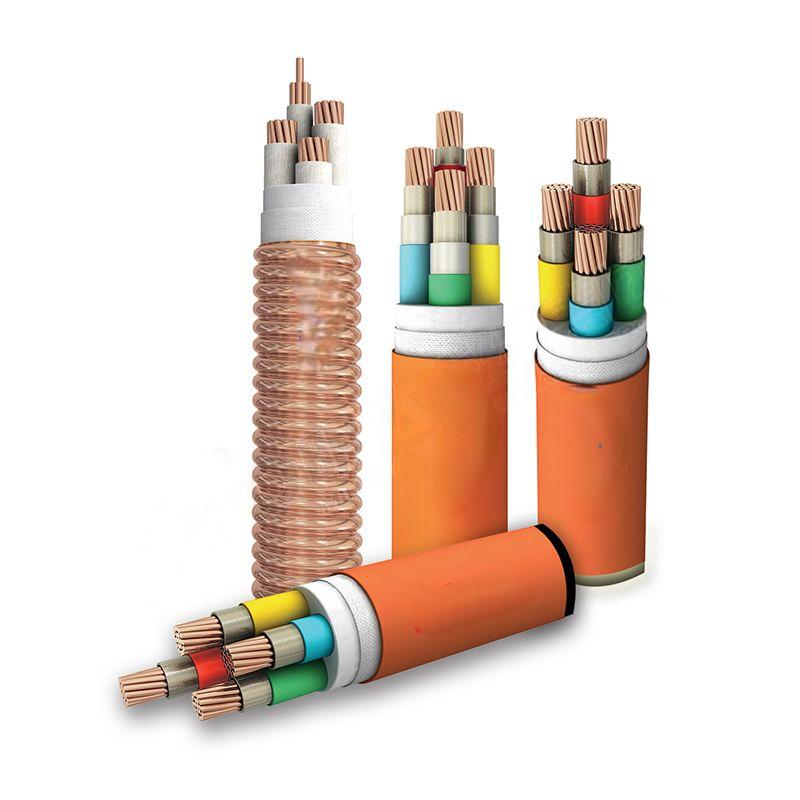Dec . 04, 2024 00:31 Back to list
Understanding the Process and Techniques of Dismantling Joints in Engineering Applications
Understanding Dismantling Joints Key Concepts and Applications
Dismantling joints, sometimes referred to as detachable or slip joints, are crucial components in various engineering and construction fields. Their primary function is to facilitate the assembly and disassembly of structures and piping systems, providing flexibility and ease during maintenance or modification processes. This article delves into the significance, types, and applications of dismantling joints, highlighting their importance in modern engineering practices.
What Are Dismantling Joints?
Dismantling joints are specially designed mechanical fittings that allow two sections of a structure, typically pipes, to be joined together in a way that they can also be easily separated. These joints are engineered to endure high pressures and temperatures while providing a reliable connection. The design of a dismantling joint typically includes features that accommodate expansion, contraction, and misalignment, making them suitable for various environments, including those with significant thermal fluctuations.
Types of Dismantling Joints
There are several types of dismantling joints, each catering to specific requirements
1. Flanged Dismantling Joints These joints utilize flanges to create connections between pipes. They are widely used in situations where quick disassembly is critical, such as in water treatment plants and chemical processing facilities.
2. Grooved Dismantling Joints Grooved joints incorporate a locking mechanism that secures the connection. This type allows for easy alignment and disassembly without the need for extensive tools, making them ideal for industrial settings.
3. Sleeve Dismantling Joints Sleeve joints consist of a cylindrical sleeve that fits over the ends of two pipes. They provide a robust connection that can accommodate some degree of misalignment, and are often used in larger diameter pipe applications.
4. Adjustable Dismantling Joints These joints allow for minor adjustments in length, making them particularly useful in installations where space and alignment are concerns.
Applications of Dismantling Joints
Dismantling joints find applications in various sectors, including
dismantling joint

- Water Supply and Distribution In municipal water systems, dismantling joints are utilized to facilitate the maintenance of piping networks. They allow for quick access to pipes for repairs or inspections, thereby minimizing downtime.
- Wastewater Treatment The necessity for regular maintenance in wastewater facilities makes dismantling joints highly beneficial. These joints enable easy removal of equipment and piping for cleaning and repairs.
- Industrial Processes Many industries, including pharmaceuticals and food processing, require piping systems that can be cleaned and maintained efficiently. Dismantling joints are ideal for these applications, as they allow for thorough cleaning and quick reassembly.
- HVAC Systems In heating, ventilation, and air conditioning installations, dismantling joints provide a convenient solution for upgrading or replacing components without significant disruptions.
Benefits of Using Dismantling Joints
The advantages of dismantling joints are numerous
- Ease of Maintenance The primary benefit is the ease with which these joints can be disassembled, allowing for straightforward inspection, maintenance, and replacement of components.
- Cost-Effectiveness By reducing downtime associated with maintenance, dismantling joints can contribute to lower overall operational costs. Facilities can avoid lengthy shutdowns and the associated losses they entail.
- Flexibility Dismantling joints provide flexibility in piping design, allowing engineers to make adjustments during installation and future modifications without needing to replace entire sections of the system.
- Reduced Labor Requirements The design of dismantling joints minimizes the need for heavy equipment and extensive labor during maintenance operations, making them a practical choice for many applications.
Conclusion
In conclusion, dismantling joints play a vital role in modern engineering and construction, offering significant benefits in terms of maintenance, flexibility, and cost savings. As industries continue to evolve, the demand for efficient and effective piping solutions will only grow, making dismantling joints an essential component in facility management. Understanding the different types and applications of dismantling joints can help engineers and managers make informed decisions that enhance operational efficiency and reduce downtime. As technology advances, we can anticipate further innovations in joint design, leading to even greater reliability and functionality in the field.
Share
-
Reliable Wafer Type Butterfly Valves for Every IndustryNewsJul.25,2025
-
Reliable Flow Control Begins with the Right Ball Check ValveNewsJul.25,2025
-
Precision Flow Control Starts with Quality ValvesNewsJul.25,2025
-
Industrial Flow Control ReliabilityNewsJul.25,2025
-
Engineered for Efficiency Gate Valves That Power Industrial PerformanceNewsJul.25,2025
-
Empowering Infrastructure Through Quality ManufacturingNewsJul.25,2025